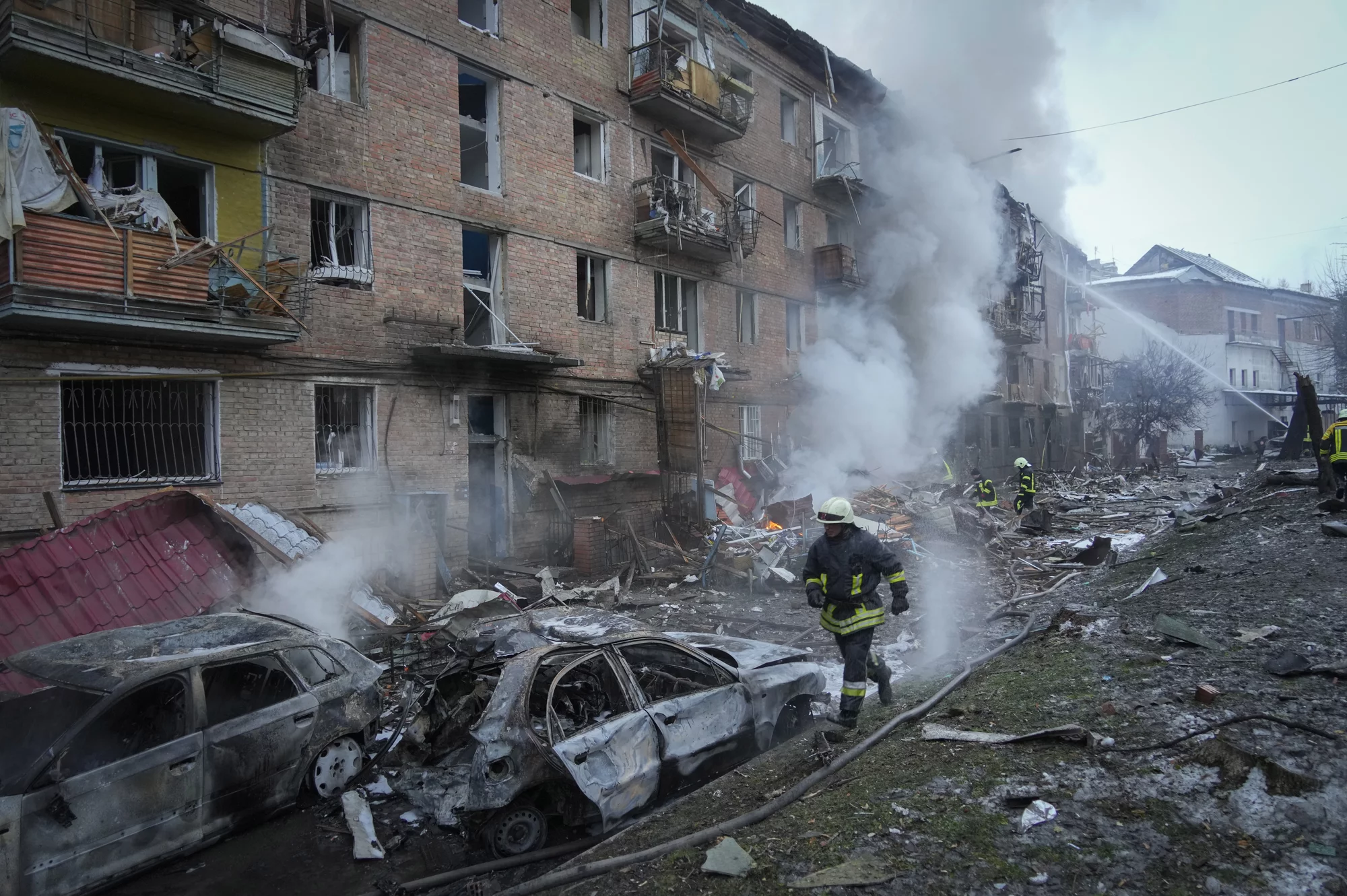Searching for the epistemological comforts of home in a land of refuge may be counter-intuitive, but that has not stopped experts from making the case for Europe to build on its swift mobilisation to support Ukrainian refugees in the aftermath of the Russian invasion and put in place a roadmap for a unified continental asylum and refugee policy. The European response to the Ukrainian refugee influx has certainly demonstrated the power of collective political and social will in welcoming a population fleeing war. This is something which policymakers must keep in mind along with the extensive research that shows asylum-seekers and refugees can positively contribute to European societies and build lives for themselves if given adequate support and protection, assert Reva Dhingra and Sophie Roehse of the Brookings Institute in a recently published paper. Poland, neighbouring Ukraine, has become a new focal point of migration in Europe, according to the United Nations High Commissioner for Refugees (UNHCR). Almost 14 million crossings have been recorded from Ukraine to Poland since 24 February 2022, and nearly a million Ukrainians are currently recorded as refugees in the country of 38 million. As of this month, the UNHCR registered approximately 4.6 million Ukrainian refugees across Europe (excluding Russia).
The European continent has not seen such levels of displacement since World War II. Yet, both the Polish government and civil society welcomed Ukrainian refugees. Additionally, the European Union’s Temporary Protection Directive, adopted just days after Russia’s invasion, facilitated the humanitarian response by granting Ukrainians immediate legal status to reside in member states and rights to access services. But, as Dhingra and Roehse iterate, just a few months earlier thousands of migrants and asylum-seekers from Africa and West Asia were left stranded in the forest separating Poland and Belarus, and turned away by Polish border guards. The Belarusian government had dug its heels in by mid-2021 resulting in several thousand people from Iraq and Syria trying to enter Poland, Lithuania, and Latvia via Belarus in order to seek asylum in the EU. In response, the Polish government announced a state of emergency and constructed a 186-kilometre border wall to thwart any crossing attempts. The emergency order also denied aid workers, journalists, and civil society groups access to the border area and criminalised efforts to help migrants. The discrepancy between the treatment of Ukrainian and non-Ukrainian asylum-seekers is now evident. Learnings from the experience of asylum-seekers beginning in 2015 offer a policy roadmap to improve Europe’s approach to migration, asylum, and integration. The authors emphasise that it is vital to bridge the disconnect between policy design and execution which leads to challenges in host communities to respond effectively to largescale arrivals of people seeking protection, especially if the legal frameworks and available support are distinct for different refugee and asylum-seeker populations. Bridging this divide requires an active role for municipal and local host governments, civil society, and refugee leaders in communicating the specific challenges they face. It would be a start.
Advertisement









